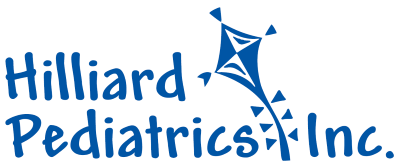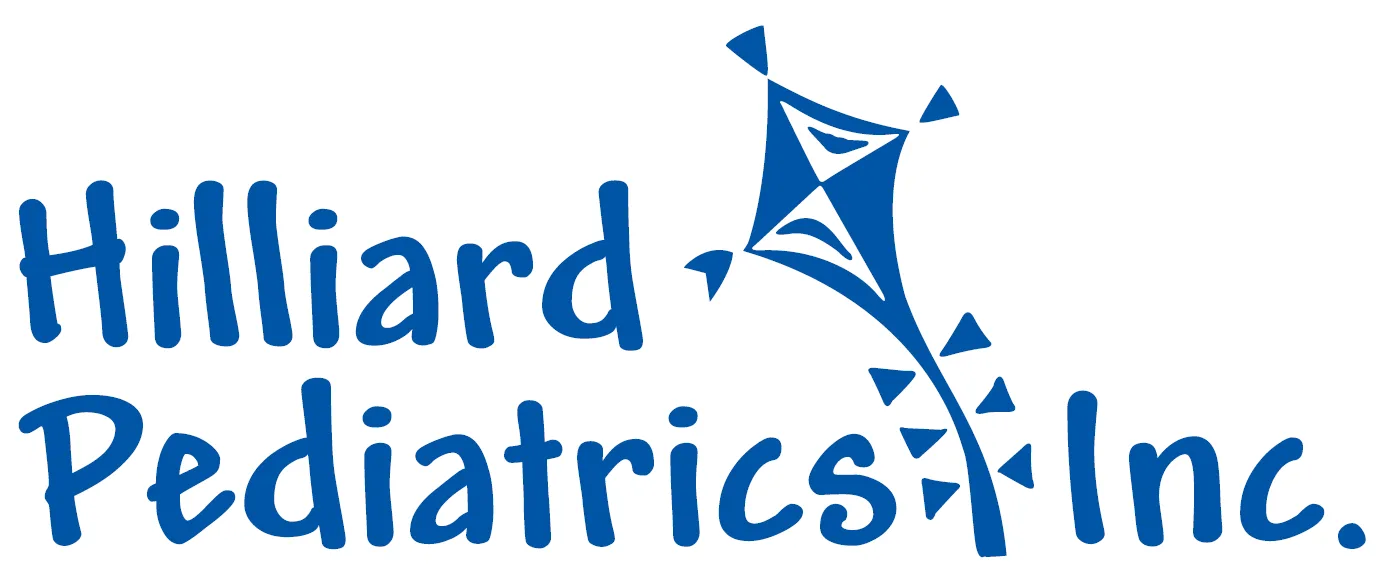Eczema
Hilliard Pediatrics, Inc. - Dr. Tricia Lucin, MD
Introduction
Eczema, or atopic dermatitis, is a stubborn patchy skin ailment that often presents in infancy, but can persist into childhood and even adulthood. This chronic, inflammatory skin condition, commonly presents with red, itchy, dry skin that can lead to skin breakdown and thickening. The itchiness of eczema is uncomfortable at best and distressing in severe cases. Treatment aims to decrease the itching and skin breakdown while preventing recurrence.
Symptoms & Causes
Infants and children can develop eczema patches just about anywhere. Although the most common locations are elbow and knee creases, eczema in babies can also commonly be found on cheeks, chest, and diaper areas. Generally round shaped, mild patches might be simply a little red, bumpy or flaky, but severe areas can crack, bleed, ooze and even get infected. Some eczema might be more widespread bumps and flaking instead of coin-shaped. All of these patches are very itchy and scratching can lead to skin breakdown.
Eczema tends to run in families (often along with allergies and/or asthma) but many things are involved in the cause of eczema. In addition to genetics, poor or dysfunctional skin barriers (not enough protective layer of skin), along with environmental triggers that cause inflammation (perfumes, dyes and harsh soaps) are the main causes of eczema.
Many people notice that eczema gets better in the summer because the air is more humid and sunlight (with sunscreen, please!) can help skin clear. Alternatively, some families notice worsening in the summer because skin is hot, sweaty and irritated.
Treatment
First, minimize exposure to irritating triggers, such as perfumes and dyes in detergents, soaps and creams. Use unscented and dye-free products when possible. If your child has severe eczema, we might recommend allergy testing, as significant eczema can be a risk factor for food allergies, but this is not necessary in mild cases. Bathing should be with warm (not hot) water, gentle cleansers, and after a quick pat-dry, followed by a good moisturizer (see below). There is debate about how often baths (or showers) should occur, but we all agree that good skincare should follow. In general, bathing 3-5 times a week is probably ok.
Second, and likely most important treatment factor, is maintaining skin hydration. Thick creams and ointments are the most protective to skin and should be applied at least twice a day, especially after bathing. You want a cream that stands up in your hand instead of running in a puddle like lotions might. There are many good brands, including Vanicream™, CeraVe®, Aveeno®, Cetaphil® (creams) and Vaseline® or Aquaphor® (ointments), which can be layered head to toe to maximize skin protection. Creams with ceramides (a skin fat) can be especially helpful in restoring the skin barrier.
For skin that fails to respond to the above measures, topical anti-inflammatory medications are often prescribed. These are typically topical steroids, but can also involve other types of prescription medications. Topical steroids (hydrocortisone, triamcinolone, betamethasone, as examples) can be used on flares and hot spots, but should really only be used on rough/red/irritated skin. We often recommend these be put directly on the skin under a cream or ointment. These are typically used once or twice a day for a short course of time and then stopped. The tricky nature of eczema, however, is that you will likely need to keep these creams handy because flares come and go frequently. We try to use these medications as infrequently as possible to avoid side effects and color lightening. You can try over-the-counter hydrocortisone 1% cream first, and if stronger therapy is needed, we would want to see your child in the office.
Children with severe itching, particularly if sleep is disrupted, might benefit from taking an oral antihistamine such as Zyrtec or Benadryl. This might help to disrupt the itching and therefore help by decreasing skin trauma from scratching. Try to encourage your child to apply cream instead of scratching if they are old enough to do so. See our dosing page for weight and age appropriate doses of these medications.
There are other types of prescription creams that might be used for severe eczema, but those need some input from your PCP, potentially with the help of dermatology.
Because eczematous skin is often scratched and becomes broken down over time, patients and families need to watch out for signs of infection, such as pain, green/white drainage, or worsening redness of skin.
Many children grow out of eczema and over time have clear skin. Some do not. It's hard to predict which kids will have lifelong problems vs. just a season. If you need help, we are here!
What to Do When
- My child has a patch or two of dry skin that might be eczema:
- Increase your cream use and top that with Vaseline or similar.
- Tried that for a few days without improvement? You can try over-the-counter hydrocortisone cream, 1%, twice a day before your creams. You can use this for 3-7 days.
- My chil has some very itchy spots:
- Maximize the creams and ointments you are using on those areas. You can try some Zyrtec® or Claritin® (see dosing tab) to see if that helps.
- My child's eczema is so bad that skin is breaking down/cracking/bleeding:
- You probably want to apply some antibiotic oinment (Neosporin® or similar) to those areas to help prevent against skin infection. Make sure you are treating the surrounding skin patches with steroids, creams and oinments (above) to help heal those patches of skin.
- My child's eczema is now oozing green and tender:
- I've been really consistent with my child's eczema care and it still looks bad:
- Talk with us. We might recommend stronger creams or an allergy or dermatology visit to help manage the skin.

